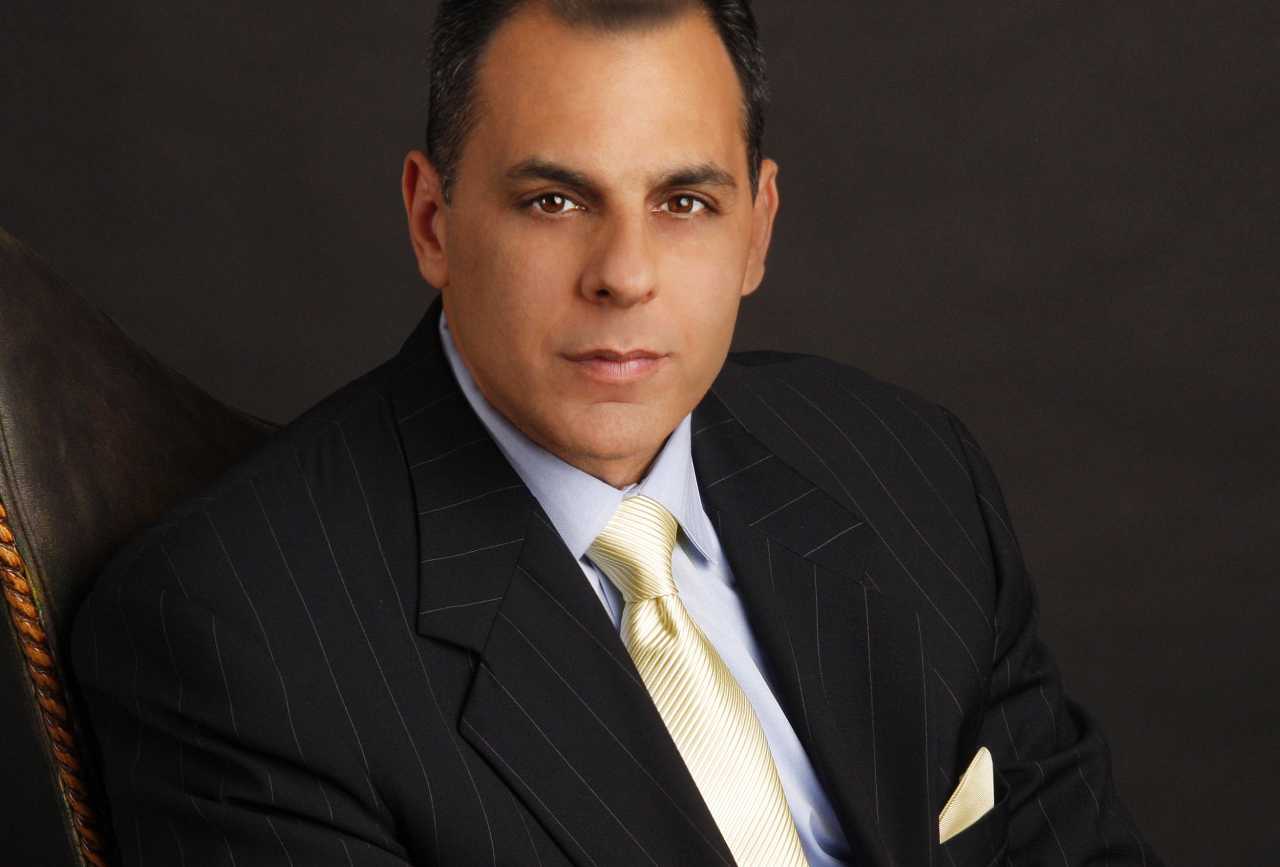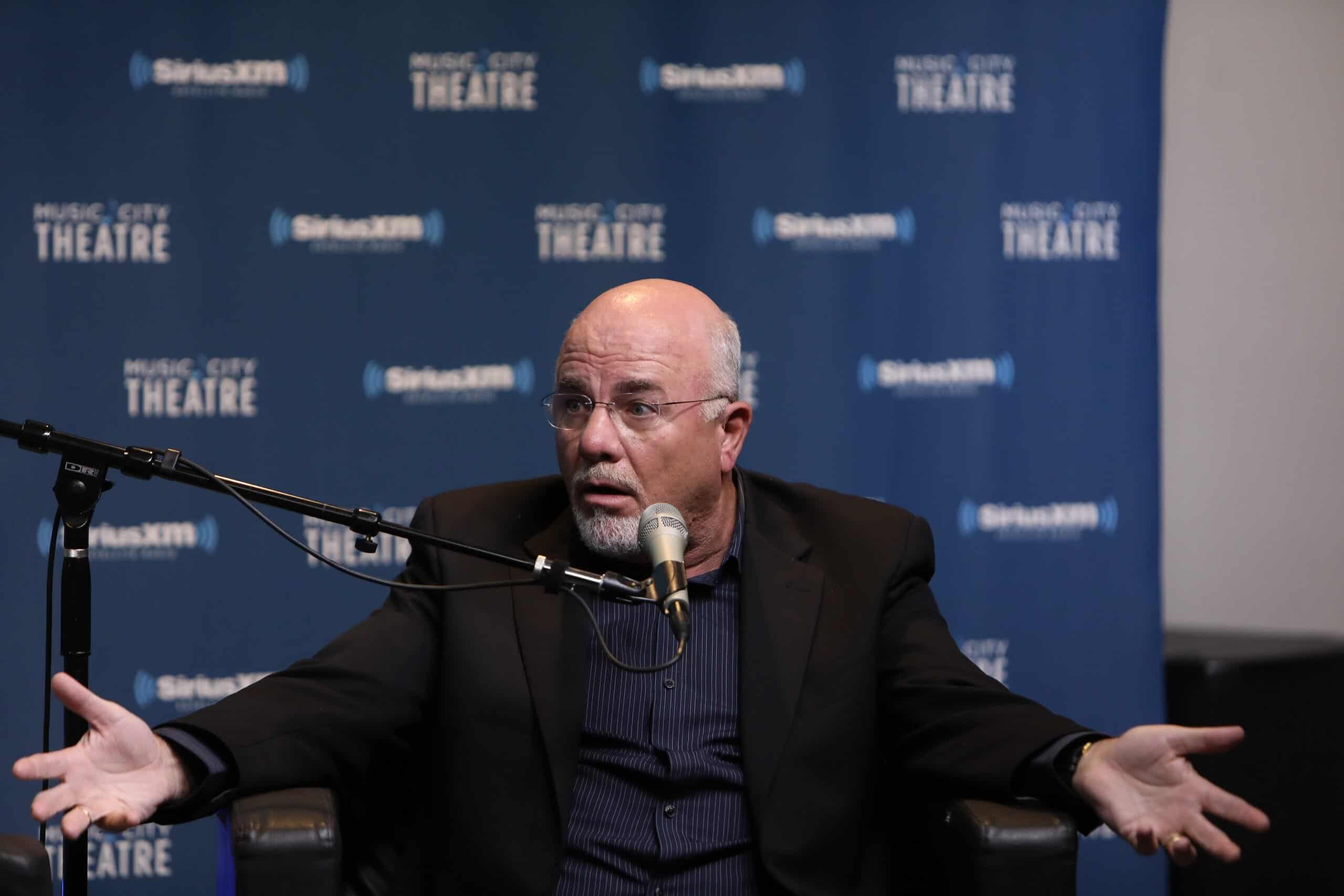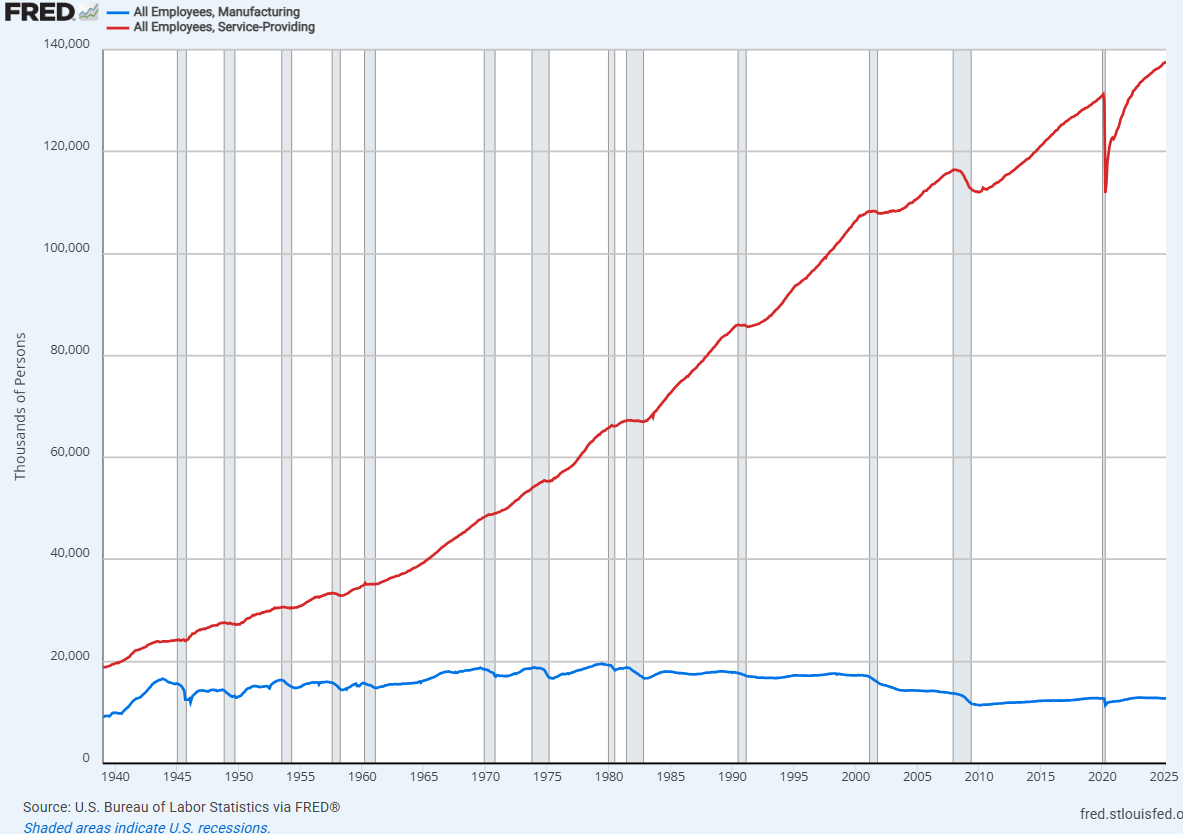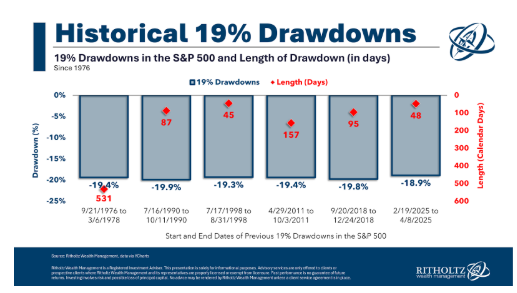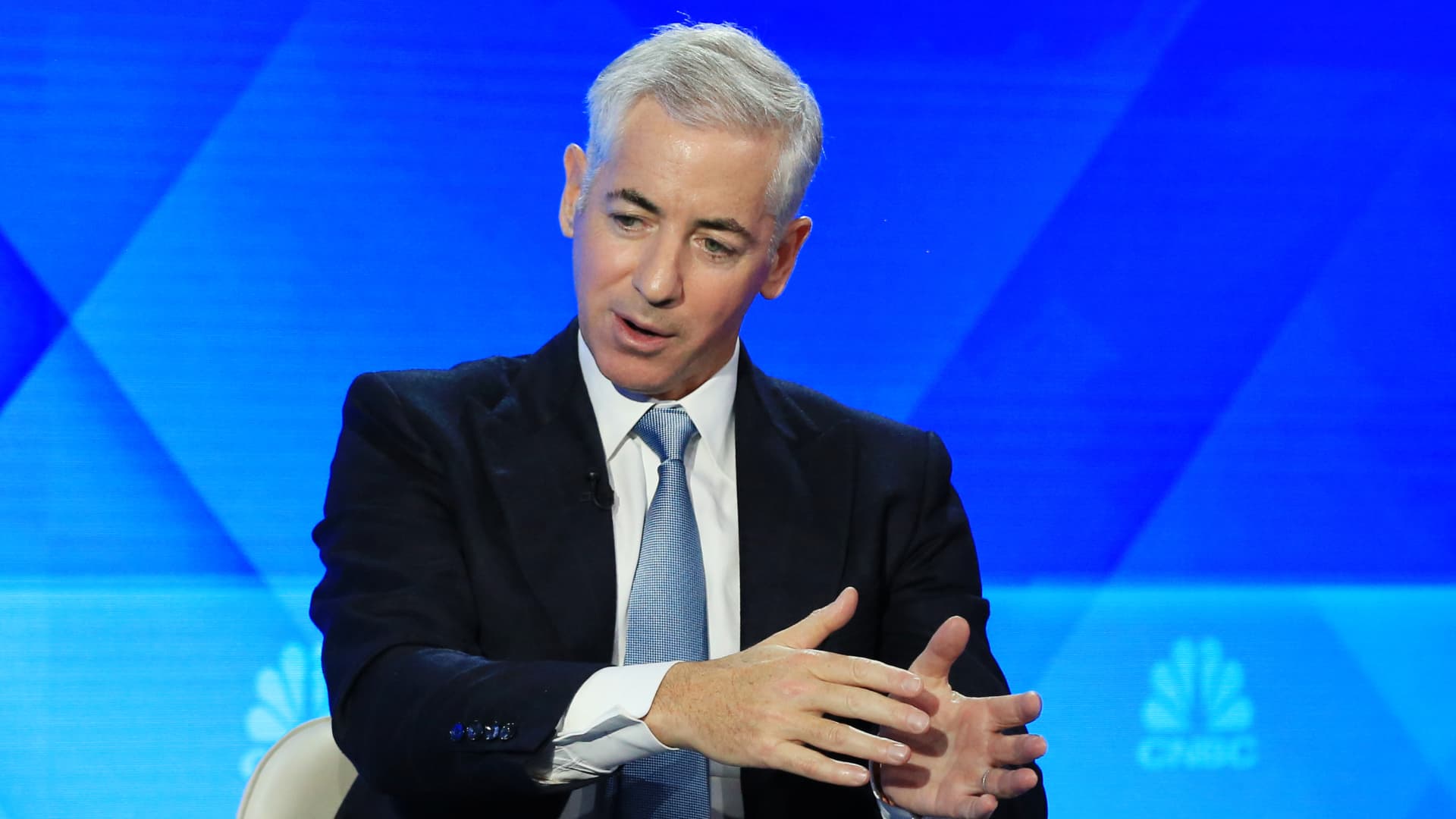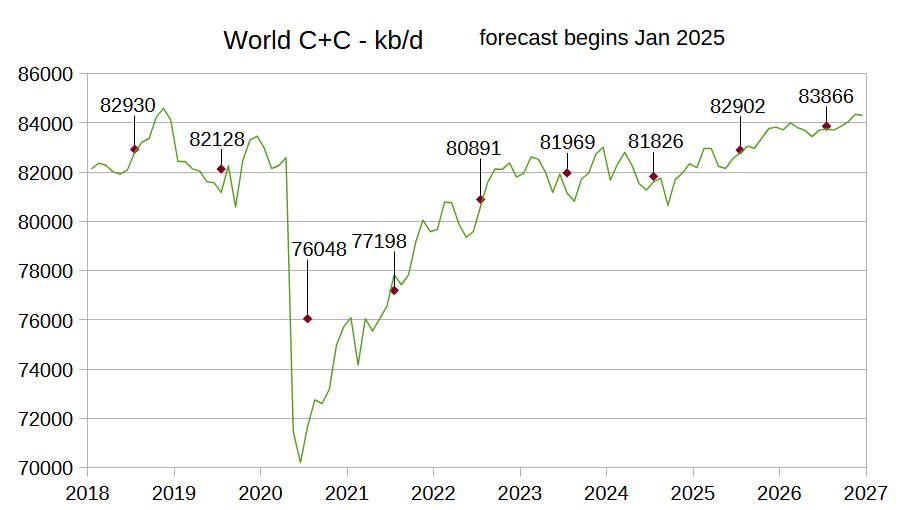Is the 50/30/20 Budget Rule Still Even Possible in 2025?
The 50/30/20 budget is a simple budgeting method that’s ideal for people who don’t want to assign a job to every dollar. It’s a quick and easy way to set spending limits that ensure you prioritize savings. However, thanks to surging inflation and the rising cost of living, it’s an open question whether sticking to […] The post Is the 50/30/20 Budget Rule Still Even Possible in 2025? appeared first on 24/7 Wall St..

Key Points
-
The 50/30/20 budget is a simple budgeting method.
-
You limit fixed expenses to 50% of income, save 20%, and can spend the remaining 20%.
-
It can be hard to stick to these percentages with an average salary though.
-
4 million Americans are set to retire this year. If you want to join them, click here now to see if you’re behind, or ahead. It only takes a minute. (Sponsor)
The 50/30/20 budget is a simple budgeting method that’s ideal for people who don’t want to assign a job to every dollar. It’s a quick and easy way to set spending limits that ensure you prioritize savings. However, thanks to surging inflation and the rising cost of living, it’s an open question whether sticking to this type of budget is even feasible for most people right now.
Let’s take a look at the 50/30/20 rule to see if it’s still a viable budgeting choice or if it’s now a method that can only be used by the rich.
How does the 50/30/20 rule work?
The 50/30/20 rule is a percentage-based method of budgeting. If you follow it, you will:
- Allocate 50% of your take-home pay to fixed expenses like housing, food, transportation and bills
- Use 30% of your income for wants
- Save 20% of your income
This budget prioritizes savings and allows you to spend up to 30% of your income guilt-free on things you want. It also ensures you don’t commit large amounts of your income to fixed expenses because the more you devote to these recurring costs, the harder it will be to accomplish any other financial goals.
Is the 50/30/20 rule realistic?

While many people like this budgeting approach because it’s simple and easy, sticking with these percentages may be hard depending on how much you earn.
Let’s say you make an average salary of $61,984. The amount you’ll take home after taxes will vary depending on many factors like the deductions you have and your state tax rate But, let’s assume you take home around 80% of the amount you make after accounting for taxes. This would leave you with $49,587.20 a year or about $4,132.27 to spend each month.
Now, if you were to limit your fixed costs to 50% of that amount, you would have to spend just $2,066 a month for necessities. Considering the average monthly mortgage payment nationwide is $2,209 according to the National Association for Realtors and the average apartment rent is $1,748 according to RentCafe, this is going to be hard to stick to.
In fact, even if you have a spouse and you’re splitting the mortgage or rent, it’s still going to be difficult because that’s just for housing alone. You still probably have a car payment, and the average monthly payment on even a used car is around $525 a month, according to Experian. Then there are all the other essentials, like food and utilities.
The reality is that things have become much more expensive than they were in the past as inflation skyrocketed in recent years. Since housing, food, energy, and healthcare prices have all increased rapidly, there may be many non-optional expenses eating up more of your income than ever before.
While it would be ideal to try to keep your fixed spending to 50% of earnings, that will likely require some sacrifice from most people — like living in a smaller house, opting to share with roommates if feasible, and buying a cheap used car and keeping it forever.
If you aren’t sure how to effectively make the numbers work for this budget, you should consider speaking with a financial advisor who can help you identify spending costs that get you closer to these limits. If you can’t limit your spending enough, your advisor can also help you to make a personalized budget that works for someone at your earning level so you can make sure you’re spending and saving the right amount for you.
The post Is the 50/30/20 Budget Rule Still Even Possible in 2025? appeared first on 24/7 Wall St..






















